The Gallery Agnostic Live Media Production project is one of the eight Challenges in the 2023 cohort for IBC’s Accelerator Media Innovation Programme. The project is championed by ITN, YLE, BBC, TV2, and TRANSMIXR, and the participants are Tinkerlist, Singular.live, Techex, Grass Valley and ZIXI.
The Challenge
The specific challenge as stated on the project site is:
Making live television and content should be more gallery and device agnostic, which will help the broadcasting adapt to budgets, technical possibilities and a variety of circumstances, like a sudden change in venue or location.

Important is the ability for producers & editors to control a variety of devices, tech stacks, … from one common interface. This will allow for easy adaption to venue-changes, OB-truck interface and help producers to adapt to different budgets, types of shows etc…
Placing a core focus on the fast-paced pressures of live-to-air, this IBC Accelerator challenge will aim to explore and showcase how to decide and adapt the toolset needed for any given project at any given time, while keeping the editorial producer workflow consistent and at the center at all times, and the user interface the same.
The Problem
Producers of live content find themselves in an ever increasingly multi-vendor environment, with a broad range of technologies being employed to deliver production solutions.
Aaron Nuytemans Head of Business Development at Tinkerlist, one of the participants, described the problem the project is looking to address. “In essence, you have journalists and producers who prepare their shows in scripts and then need to send their assets to a multitude of devices,” he said. “Depending on the specific set-up of a show, this can be a very manual and difficult operation. Every new studio or OB van creates a new array of automation and asset transfer issues.”
Jon Roberts Director of Technology, Production & Innovation at ITN, one of the Champions, believes that it is crucial for broadcasters to be able to leverage a spectrum of production tools, from traditional broadcast hardware to software solutions, with cloud vs on-prem an ever-present consideration. “Doing so poses new challenges,” he said. “On the operational front, it creates a more complex environment for our production teams and from a technical workflow perspective we find ourselves needing a new approach for how we connect our runorders and media to multiple systems.”
The Goal
Roberts defined the goal of the project as exploring: “the potential for a new approach to the traditional runorder tool in a multi-vendor, multi-platform live production environment,” he said. “Can a common producer workflow tool more easily enable the deployment of a range of production technologies and approaches by simplifying the user experience? And in doing so, can we enable technical operations teams to more easily choose the right technology stack for each production without changing the workflow fundamentals, whether that is switching between cloud and on-prem or switching from a full traditional broadcast control room to a software-defined ‘studio in a box’? Can we make these choices so straightforward and transparent to users that we can even switch between production tools ‘on the fly’ such as in a disaster recovery scenario. And can we separate non-technical teams from the production tools to the extent that we can make different choices without them needing to re-train, or indeed even know what systems we are using in the ‘back end’.

“What we wanted to create is an interface,” said Nuytemans, “fully cloud-based, where journalists can prepare their show and drop in all the assets they want to see appear on screen. They don’t need to know what tools are running in the background. All they know is ‘if I drop a video here, it will be sent to the correct device and appear during the live show.’ This means we made making shows fully device agnostic and automated. Or… make it as easy as making a ‘TikTok.’”
Participants
IBC’s Accelerator programme creates an environment that brings together multiple companies and individuals with a broad range of skills.
“As a Champion,” said Roberts, “there is some reassurance in knowing that colleagues across the industry are wrestling with similar challenges and looking to solve similar problems. Having multiple vendors come together to tackle those challenges adds a pace, energy and technical creativity to the process that would be difficult to replicate in-house or with a single supplier.”
Nuytemans explained how the various participants’ technologies work together in the Proof of Concept, “CUEZ is the workflow interface, and in the back end it can work with any tool, as long as it has an API,” he said. With TECHEX, ZIXI, GV AMPP and SINGULAR, this means that you can easily create a fully remote, cloud-based production, and with TRANSMIXR added, you can also replace the OB Van with VR/AR Glasses, which can mimic a gallery interface. Essentially you can run a studio with a journalist who can control the gallery via glasses. Pretty neat.”
The Accelerator Process
IBC’s Accelerator programme is unique in the industry for providing a safe place for a variety of companies, sometimes competitors, to come together and collaborate on solutions that benefit the entire industry.
“It created an atmosphere where broadcasters could suggest tools and a great testing environment,” said Nuytemans. “The graceful help of all involved vendors was great as well.
Collaboration is key for Roberts. “Many of the key tools involved in the project would be available without the programme, but there are many broader benefits that the process has delivered,” he said. “The development of multiple use cases would only be possible as a result of the kind of conversations across producers and vendors that are driven by the programme, making it clear how broad a requirement there is in this space. Early on in the process we also identified the importance of the deeper discussion around APIs as a key enabling technology, and we hope this is an area that the wider industry agrees is worth further collaboration and development. That feels like precisely the kind of conversation that can only come from this type of collaborative process.”
The Showcase at IBC2023
Each Accelerator programme culminates in a showcase at IBC2023 in September. Catch the Gallery Agnostic Live Media Production project, showcasing its Proof of Concept and findings at IBC2023, Saturday 16th of September, from 10:45-11:45 at the Innovation Stage.
“We plan to demo multiple use cases as proofs of concept,” said Roberts, “But the key message is that these are only illustrative of an endless set of possible setups that broadcasters and producers might want to deploy. We will be demonstrating 3 different production approaches, broadly summarised as ‘video podcast’, ‘full broadcast control room in the cloud’ and ‘field production with no gallery’ and showing how the same runorder can be easily run through each through the use of a common, flexible workflow tool. We will show how a producer can build a runorder, including video clips and graphics plus optional extras such as camera and lighting cues without having to think about the production tools and technologies involved and how that workflow tool can make sure that those clips and that graphics data get to where they need to be, then how we can use the same tool to make it easier for operational teams to control those different devices and platforms. We will focus on use cases such as disaster recovery and ‘hot switching’ between cloud and on-prem tools and will also explore how the use of a common workflow approach can facilitate entirely new modalities of production such as AR headsets for monitoring and control.”
Benefits
Nuytemans feels that the ideas fostered in the collaborative environment has been a key benefit of the programme. “Working closely with the broadcasters, and ITN in particular, he said, “actually helped us develop lots of integrations and new features that we haven’t thought of - making the POC and product better in the end.”
ITN have begun putting the ideas into action according to Roberts. “We are already deploying the approach proposed by this project in two areas of our business, one a ‘studio in a box’ single operator setup and the other a cloud-based disaster recovery broadcast solution,” he said. “While both use cases are different, the common theme is a workflow layer that not only provides a runorder tool, but also allows us to more easily manage media delivery and orchestration with diverse production systems. We are also able to experiment with different software systems in areas such as live graphics without requiring editorial teams to train on multiple platforms. Perhaps most importantly this approach has been a key enabling facilitator for a disaster recovery solution that was a critical requirement for one of our most important customers.
“In the long term, this approach allows us to put a highly configurable and scalable automation solution in the hands of our production teams and I am excited to see what they do with it,” he continued. “We see the conceptual approach to automation in this solution as more sympathetic to our production thinking than previous options. It prioritises creating rich connections between devices without defining production workflows and will allow our skilled, creative, craft teams to evolve their operational workflows and I am looking forward to seeing what they come up with.”
Read more IBC2023 Accelerators in full






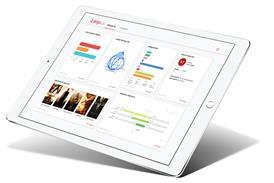

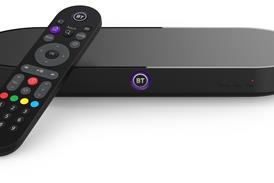


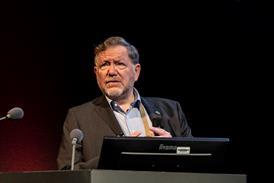


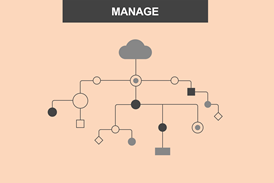






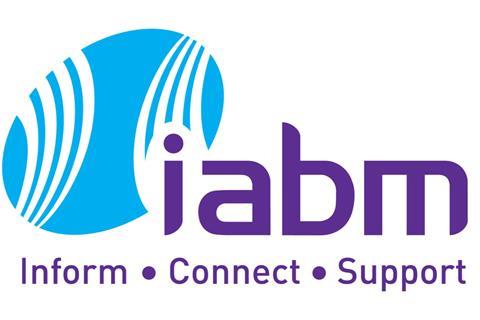





No comments yet